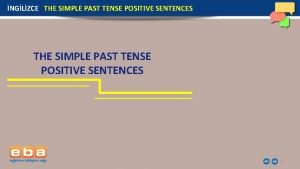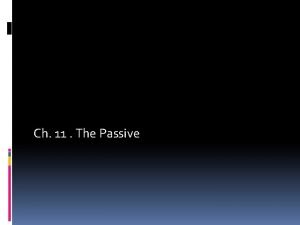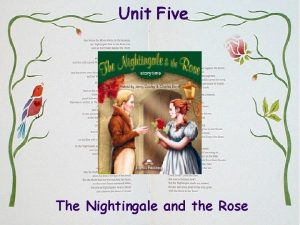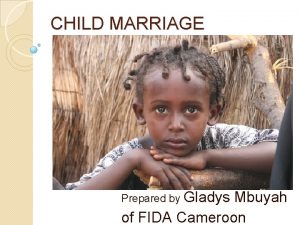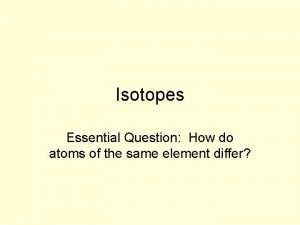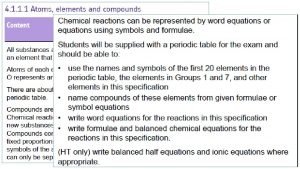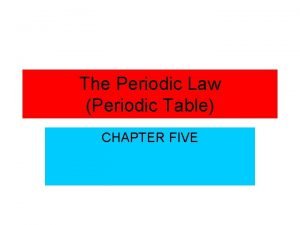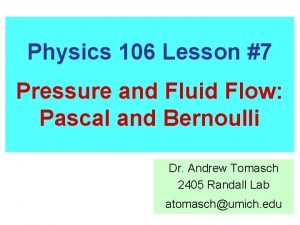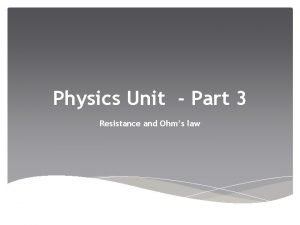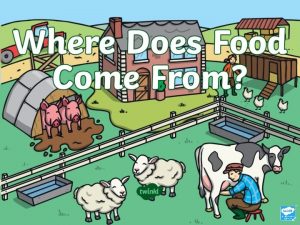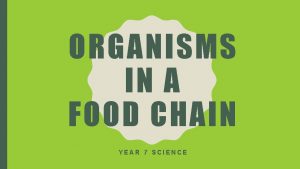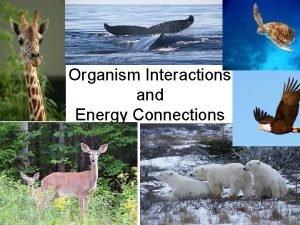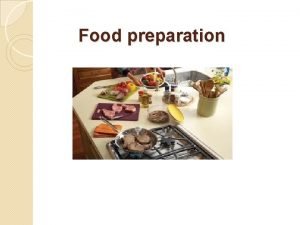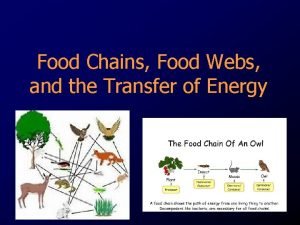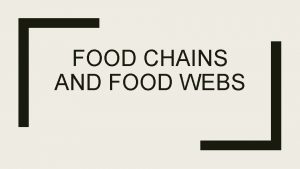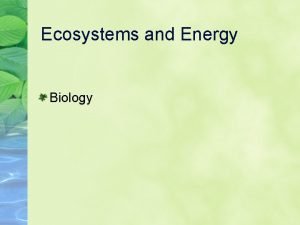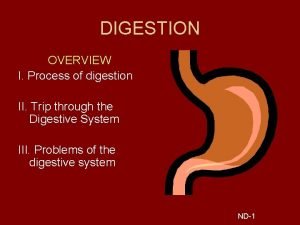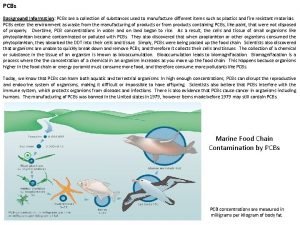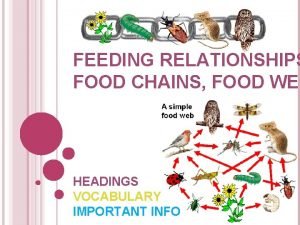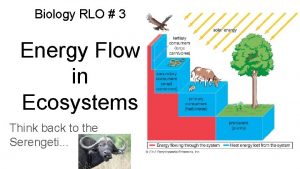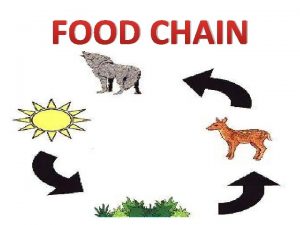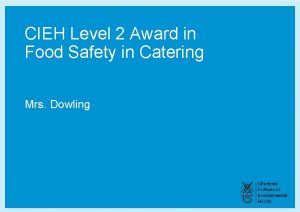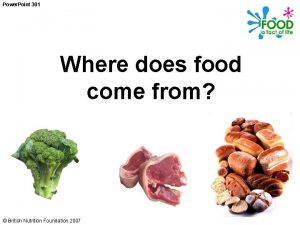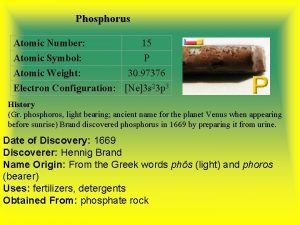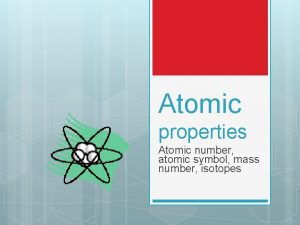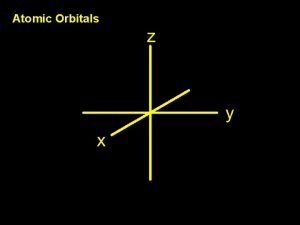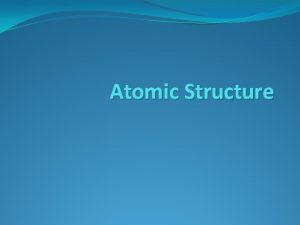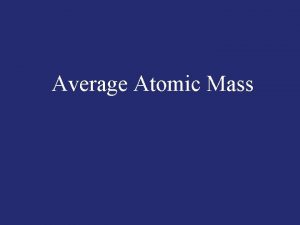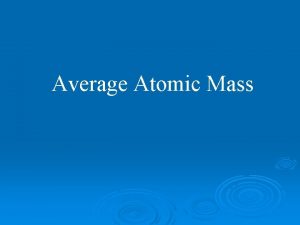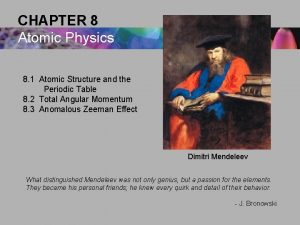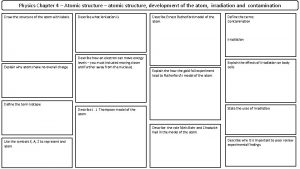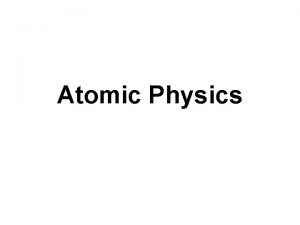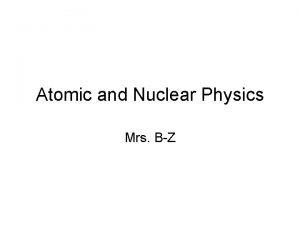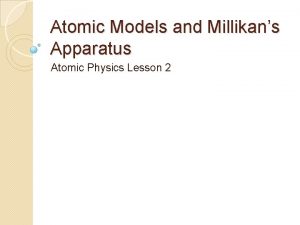Where does Food marry Physics Physics Food Atomic




















































- Slides: 52


Where does Food marry Physics? Physics Food Atomic and Molecular Physics Food Chemistry Plasma Physics Food Biotechnology Optic Physics Food microbiology Solid state Physics Food Engineering …………. Physics Food……………. Soft Matter Physics 2 FRC. ppt

Soft Matter In Europe: Soft Matter Physics De Gennes: Nobel Lecture In US: Complex Fluid Most people were from Exxon Mobile Including: Polymer (melt, gel, solution etc) Liquid crystals Colloid (micelle, emulsion) Other biomaterials such as tissue etc 3 FRC. ppt

Food Stuff Starch Food: Rice, noodle, bread, chip, fry etc Gel Food: Tofu, cooked egg, yoghurt, Jelly etc Frozen Food: Ice cream, frozen fruit bar etc. Candy: Chocolate Drink: beer, tea, milk, coffee etc. 4 FRC. ppt

Chocolate: food of the gods 5 FRC. ppt 于 熔 只 于 熔 不 口 手

6 FRC. ppt

7 FRC. ppt

How does tempering influence the quality of chocolate? Appearance. Solidity. Mouth Feel. 8 FRC. ppt

Tempering Four steps (1) complete melting of the chocolate to about 50 o. C, which removes most or all of the crystalline material (2) cooling to the point of crystallization (3) maintaining a holding temperature for crystallization for about a minute (4) reheating to melt out unstable crystals. During this process, temperature control is very critical, and the shear applied within the process is also a crucial parameter. Fryer, P et al. MRS BULLETIN/DECEMBER 2000, 25 -29 9 FRC. ppt

Chocolate Three triglycerides (~85% fat): POP (20%), POS (40%), and SOS (25%), palmitic (P), oleic (O), and stearic (S) acids Fryer, P et al. MRS BULLETIN/DECEMBER 2000, 25 -29 10 FRC. ppt

Sato K, et al. Progress in Lipid Research 38 (1999) 91 -116 11 FRC. ppt

Cocoa butter crystallized at 5 o. C for 7 days (A), at 15 o. C for 28 days (B), at 20 o. C for 7 days (C), 21 days (D), 35 days (E and F), and at 24 o. Cfor 7 days (G and H). Brunello N. et al. Lebensm. -Wiss. u. -Technol. 36 (2003) 525– 532 12 FRC. ppt

Chocolate Fryer, P et al. MRS BULLETIN/DECEMBER 2000, 25 -29 13 FRC. ppt

Melting point influenced by cooling rate and shear rate Marangoni, A. G. , & Mc. Gauley, S. E. (2003). Relationship between crystallization behavior and structure in cocoa butter. Crystal. Growth and Design, 3, 95– 108. 14 FRC. ppt

(a) Temperature variation profile and (b) SR-XRD spectra of the melt-mediated crystallization of SOS without annealing. 15 FRC. ppt (a) Temperature variation profile and (b) SR-XRD spectra of the -melt-mediated crystallization of SOS with annealing.

Phase diagrams of the binary mixtures of POP/PPO and POP/OPO; the most stable forms in (a) POP/PPO and (b) POP/OPO and (c) a kinetic phase diagram of POP/PPO. 16 FRC. ppt

Solids How to influence consumer requirements by the N-line 40 30 20 More ambient stable Better oral melt and taste Better spreadable 10 10 20 30 35 Temperature 17 FRC. ppt


Starch 19 FRC. ppt

The ratio between amylose and amylopectin: How to cook? The taste and sensory, Stability Starch gelatinization 20 FRC. ppt

35 105 21 FRC. ppt Starch gelatinization studied with SAXS (Donald et al

Starch gelatinization studied with DSC 22 FRC. ppt

Starch gelatinization studied with POM 23 FRC. ppt

24 FRC. ppt

Effect of sugar and salt Bello-Pbrez LA, Food Chemistry 53 (1995) 243 -247 25 FRC. ppt


To. Fu—protein gel 27 FRC. ppt

Soybean (4000— 5000 years from China) 40% protein 10% Albumins, extracted by water 90% Globulins, extracted by dilute salt solutions) Block copolymer Acidic polypeptide (38 k. Da) Basic polypeptide (20 k. Da) PH=3. 8 PH=7. 6 Schematic presentation of a glycinin molecule and its trimeric and hexameric complexes. A and B denote the acidic and basic polypeptides, respectively. The small bar connecting A and B represents the disulphide bond. 28 FRC. ppt

To. Fu—protein gel 29 FRC. ppt

Native hydrophilic hydrophobic Unfolded hydrophilic 30 FRC. ppt hydrophobic

表面自由能和静电排斥势的平衡 PH~4 -5 for soy protein 31 FRC. ppt

A combination of short-range attraction (surface free energy) and long-range repulsion (electrostatic) results in the formation of small equilibrium clusters. Equilibrium cluster formation in concentrated protein solutions and colloids Anna Stradner et al. Nature, 2004, 432, 492. 32 FRC. ppt

Photonic crystal and gel A colloidal model system with an interaction tunable from hard sphere to soft and dipolar Anand Yethiraj & Alfons van Blaaderen, Nature, 2003, 421, 513 33 FRC. ppt

Insights into phase transition kinetics from colloid science Valerie Anderson & Henk Lekkerkerker, Nature, 2002, 416, 811. 34 FRC. ppt

Beer 35 FRC. ppt

36 FRC. ppt

Beer foam 37 FRC. ppt

The physics of beer foam 1) Bubble formation 2) Creaming (bubble rise) 3) Disproportionation (Ostwald ripening) 4) Drainage 38 FRC. ppt

The physics of beer foam Bubble formation is heterogeneous nucleation: a particle, scratch on the glass or a pre-formed micro bubble. The size of bubble: Where Rm = radius of nucleation site (m) γ = surface tension (m. N m– 1) ρ = relative density of the beer (kg m– 3) g = acceleration due to gravity (9. 8 m s– 2) 39 FRC. ppt Test flow-induced nucleation: Shake beer, more bubbles

The physics of beer foam Bubble rising: Stokes’ equation v = rising velocity (m s– 1) g = acceleration due to gravity ρ = mass density of the beer r = radius of the bubble η = viscosity of the beer (Pa s) 40 FRC. ppt

Disproportionation (Ostwald ripening) Understanding foods as soft materials MEZZENGA et al. Nature Materials, 2005, 4, 729. 41 FRC. ppt

The physics of beer foam Foaming is in conflict with surface tension 42 FRC. ppt

43 FRC. ppt

44 FRC. ppt

Continuous phase ice Fat globule Air bubble 45 FRC. ppt

Ice nucleation 46 FRC. ppt

Smoothness vs size of ice crystals 47 FRC. ppt

Biopolymer retarding ice re-crystallization Antifreeze glycoproteins and antifreeze proteins comprise several structurally diverse classes of molecules that have in common the ability to inhibit the growth of ice. The antifreeze glycoproteins are carbohydrate rich 2. 6 -34 k. Da proteins containing an (Ala-Thr)n repeat with a disaccharide attached to threonine. Four classes: Type I, alanine-rich, a-helical 3. 3 to 4. 5 -k. Da proteins; Type II, cysteine rich globular proteins that contain five disulfide bonds; Type III, approximately 6 k. Da globular proteins Type IV, glutamate- and glutamine-rich proteins that contain a-helices but appear to be unrelated to other proteins. 48 FRC. ppt Haring et al. Eur. J. Biochem. 264, 653 -665 (1999)

49 FRC. ppt Worrall, et al. Science, 1998, 282, 115

50 FRC. ppt

Biopolymer retarding ice re-crystallization 1) anti-frozen protein (fishes around two poles) 2) Locust beam gum 3) Other polysaccharides 51 FRC. ppt

Enjoy Science Enjoy Food Enjoy Health Thank you!! 52 FRC. ppt
 Mr bingley
Mr bingley How does juliet treat paris when they meet
How does juliet treat paris when they meet Name of roman helmet
Name of roman helmet Relative formula mass of hcl
Relative formula mass of hcl Periodic table trend
Periodic table trend Atomic radius trends on periodic table
Atomic radius trends on periodic table O
O Difference between atomic number and atomic mass
Difference between atomic number and atomic mass Atomic number vs atomic radius
Atomic number vs atomic radius Deciding to marry asl story
Deciding to marry asl story Jenny vincow
Jenny vincow Simple past tense positive
Simple past tense positive Better not to marry
Better not to marry Touch 3. hali
Touch 3. hali Perhaps one day a millionaire
Perhaps one day a millionaire Marry helped the boy. the passive is…
Marry helped the boy. the passive is… Romeo and juliet act 4 scene 1 summary
Romeo and juliet act 4 scene 1 summary Did beatrix potter ever marry
Did beatrix potter ever marry Writing style of oscar wilde
Writing style of oscar wilde Can you come to my party?
Can you come to my party? Did gladys aylward marry
Did gladys aylward marry Who are you going to marry
Who are you going to marry What happened to poe’s biological father?
What happened to poe’s biological father? David jonathan linton
David jonathan linton What does the atomic number represent
What does the atomic number represent How to do this
How to do this Which element has the greatest electronegativity
Which element has the greatest electronegativity Unit 2 food food food
Unit 2 food food food Sequence of food chain
Sequence of food chain Modern physics vs classical physics
Modern physics vs classical physics University physics with modern physics fifteenth edition
University physics with modern physics fifteenth edition Physics ib ia ideas
Physics ib ia ideas Hydrostatics
Hydrostatics Vir ohm's law
Vir ohm's law Alesha dixon boy does nothing
Alesha dixon boy does nothing Where does food come from
Where does food come from Beetle aphid bird food chain
Beetle aphid bird food chain Red and black okay jack
Red and black okay jack Preparation and consumption definition
Preparation and consumption definition What are decomposers
What are decomposers Platypus food chain diagram
Platypus food chain diagram How does energy flow through an ecosystem
How does energy flow through an ecosystem Energy transfers in food chains
Energy transfers in food chains Consumer pyramid biology
Consumer pyramid biology The end of the digestive system
The end of the digestive system How does the food chain go
How does the food chain go Biomagnifacation
Biomagnifacation How does food help meet physical needs?
How does food help meet physical needs? Pyramid models
Pyramid models How does the food chain go
How does the food chain go Food chain with a lion
Food chain with a lion Cieh level 2 food hygiene
Cieh level 2 food hygiene Where does food come from powerpoint
Where does food come from powerpoint











